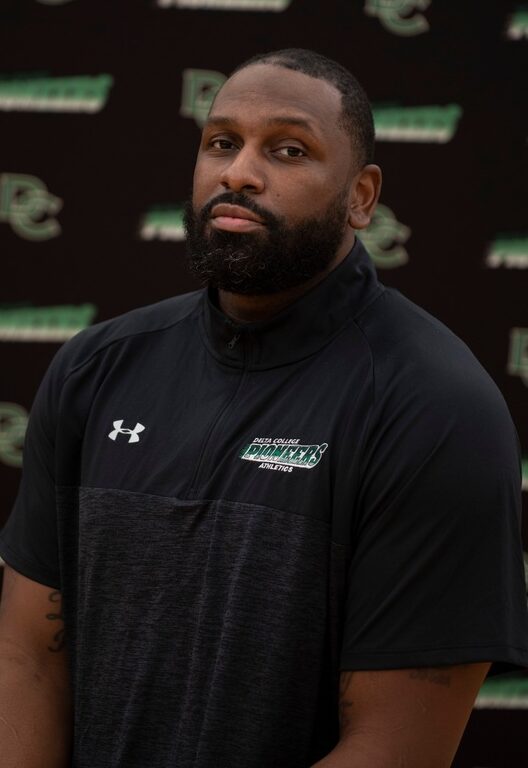By Ethan Moore, sports editor.
The marketing and televising of college sports has created a completely new sector of income for universities who are always looking to make more. From the money that comes with brand sponsorships, to the actual on the field product, the world of college sports has become one that increasingly puts the athlete ahead of the student.
The NCAA would like you to think that being a student is the most important part of being a student athlete, and they have the numbers to back that up. 84 percent of student-athletes graduated in a six-year span starting in 2007, which is the highest in NCAA history and up 10 percent in the last decade. Those numbers look great on the surface, but when you actually start to dive into them, you see that these students may not be prepared to succeed.
What the heck is Clustering?
So we know the graduation rates are high, but are the degrees being earned actually going to be useful to the student-athletes in the future? Many athletes are going to school to be athletes first and foremost, so actually graduating is more of the back-up plan. So if it’s only the back-up plan, then it’s most likely not going to be an area where they put in a lot of effort.
In these cases, the university will help find the student athlete a major that’s “easy” and where they are surrounded by lots of other student athletes. This process of pushing the athletes into certain majors is called clustering, which is when 25 percent or more of an athletic team is in the same major, and is extremely common.
For example, according to a study done by USA Today, this past year the University of Michigan football team had 75.6 percent of all players majoring in general studies. A degree is a degree, but what’s a student athlete’s supposed to do with a Bachelor’s in general studies? This idea of putting eligibility first frames the NCAA as an organization that is looking out for its student athletes, however in reality it’s just pushing them to easy degrees with no outside use. Many athletes are chasing dreams of playing their sports professionally, but if they don’t make it then what’s the back-up plan? The process of clustering is adding people to careers who have no desire to be here.
The Delta Difference
So is Delta falling into the same trap of putting eligibility first? It’s easier for smaller programs to be able to focus more on individuals and their academic needs, but Delta is still the example to follow in regards to putting academics first.
“From the beginning of the recruitment process we put an emphasis on the student part of student athletes, and that’s helped our athletic program grow exponentially,” says Shelley Raube, the Athletic Director here at Delta.
The school monitors athlete’s attendance and grades, as well making them attend six hours of mandatory tutoring. It may seem like a long process, but it’s a useful tool for students who otherwise might not focus on school.
“The staff does a really great job of making sure that we’re on top of everything. They’re always there to help you improve and have a greater chance for success,” says Jonathan Swift, Point Guard for the Men’s basketball team.
There may be some concern that being more academically rigorous could cause some student athletes to not want to come to Delta, Raube explains that is not case.
“We have 142 student athletes right now at Delta, which is 25 percent more than a lot of community colleges that have more sports than us,” says Raube. “I think the growth we offer students is what brings them here.”
The focus on academics makes Delta a nice foil to the bigger universities who just care about performance, but are they guilty of clustering as well?
“I believe that student’s need to go towards majors that interest them,” says Raube. “We try to meet with students and figure out their passion so we can push them in the right direction. Nobody wants to study or learn about things that don’t interest them.”
Being a smaller school allows Delta to make sure every student athlete is given the necessary tools to succeed not just on the field, but also in the classroom and the real world.
“All the staff has really helped me adjust from high school to college,” says Swift. “ It’s helped me to be the best student athlete that I can possibly be.”
